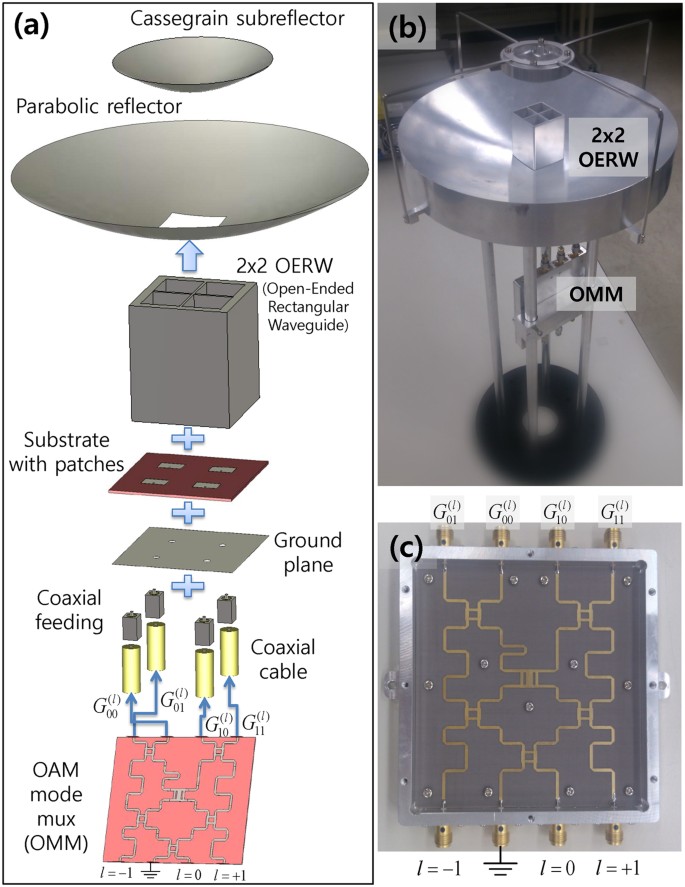
This is because when you magnify, you are narrowing your field of view and exaggerating any misalignment. So, same with your telescope, if the mirrors are off a little bit and you try to magnify in on a distant object, will say Saturn, it just can’t get a crisp image compared to the moon. While lifting the part of the glasses that sit on your ears and keeping them on your nose, you can still see, but not as good. Cassegrains need collimation less often, but should be checked once in a while.Īnybody that has ever worn glasses can relate to this. It is just good practice to assume collimation is out every time you go to use your reflector telescope. This only pertains to reflector and Cassegrain, however, it is often the gorilla in the room, so to speak.Ĭollimation is not hard, it just seems overwhelming when first starting out. Remember the rule of thumb: Useful magnification on a telescope is 2X its aperture in mm, and 50X in inches.ĭon’t know what an aperture is? Check out this article, What is a Telescope Aperture, and What is the Best Size. Make sure there are no extension tubes or barlow’s in place. Something like a 20mm to a 25mm will do the trick.

Reduce the magnification always start with your biggest eyepiece, and then magnify by progressing to smaller and smaller eyepieces, or by adding a barlow to increase focal length.Įither way, always start with a lower magnification eyepiece. So, trying to focus on a landscape object can limit the focus adjustment if too magnified.īut, How Do You fix The Above Magnification Problems? Setting up to view an object that is too close – Telescopes are designed to focus on infinity basically. When magnified, the glass is distorting the dim light.ģ. The higher magnification exaggerates everything – Example, looking through a window, you may be able to look at the moon through a window, but trying to magnify and see M31 (Orion Nebula). So, hot, humid summer nights, you will not get the same magnification as on a crisp fall night.Ģ. There are several places where too high of a magnification can mess you up.ġ.Any magnification over 200X may be blurry due to atmosphere conditions more so than a telescope problem. The Top 6 Fixes for a Blurry Telescope Too High of a Magnification Fix So, let’s see how to fix the top 6 reasons next. OK, yes, It may seem obvious to some, but when you are first setting up and trying out for the first time, it can be a lot to remember.


Collimation is off (reflector and Cassegrain styles).Top 6 Reasons a Telescope can Appear Blurry Blurry views can be one of the most aggravating things after setting up for a beginner. Telescopes don’t have any moving parts really, but there is a lot to know about them to get the most out of them.


 0 kommentar(er)
0 kommentar(er)
